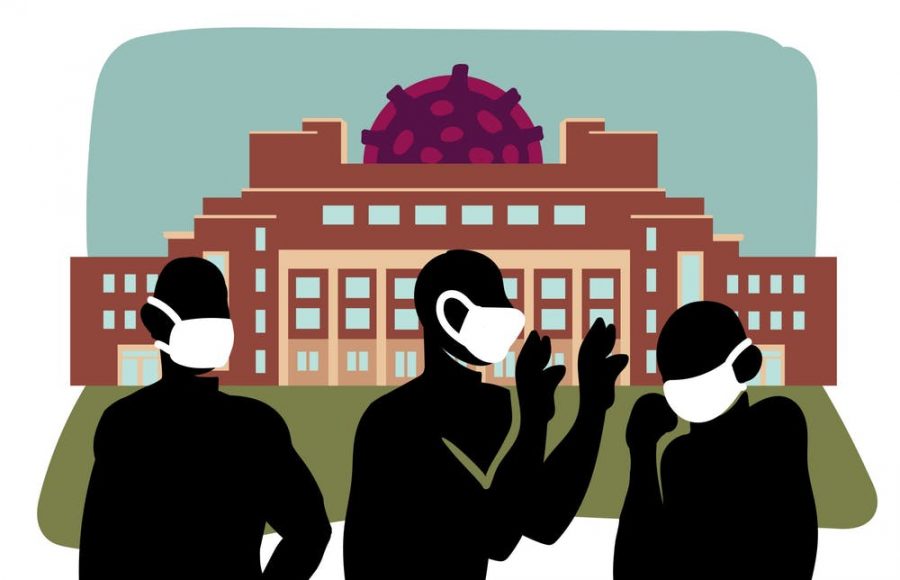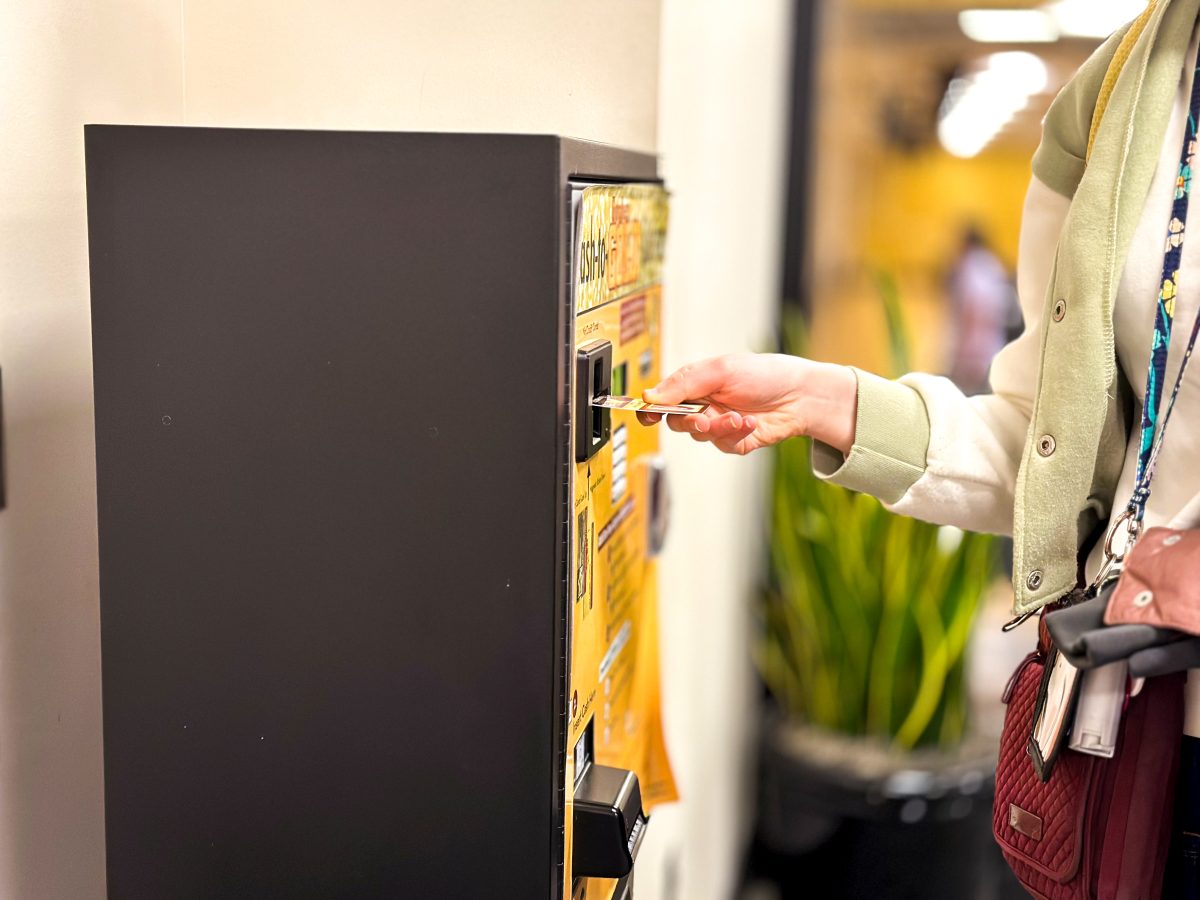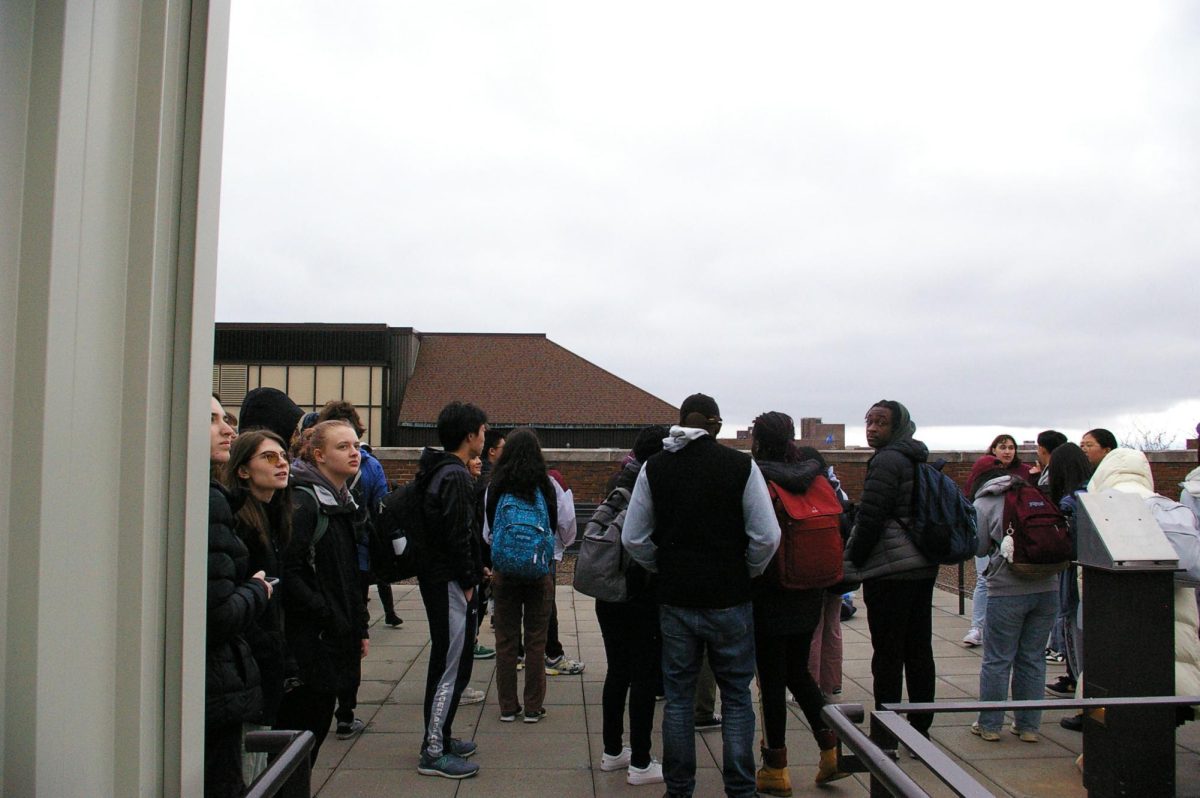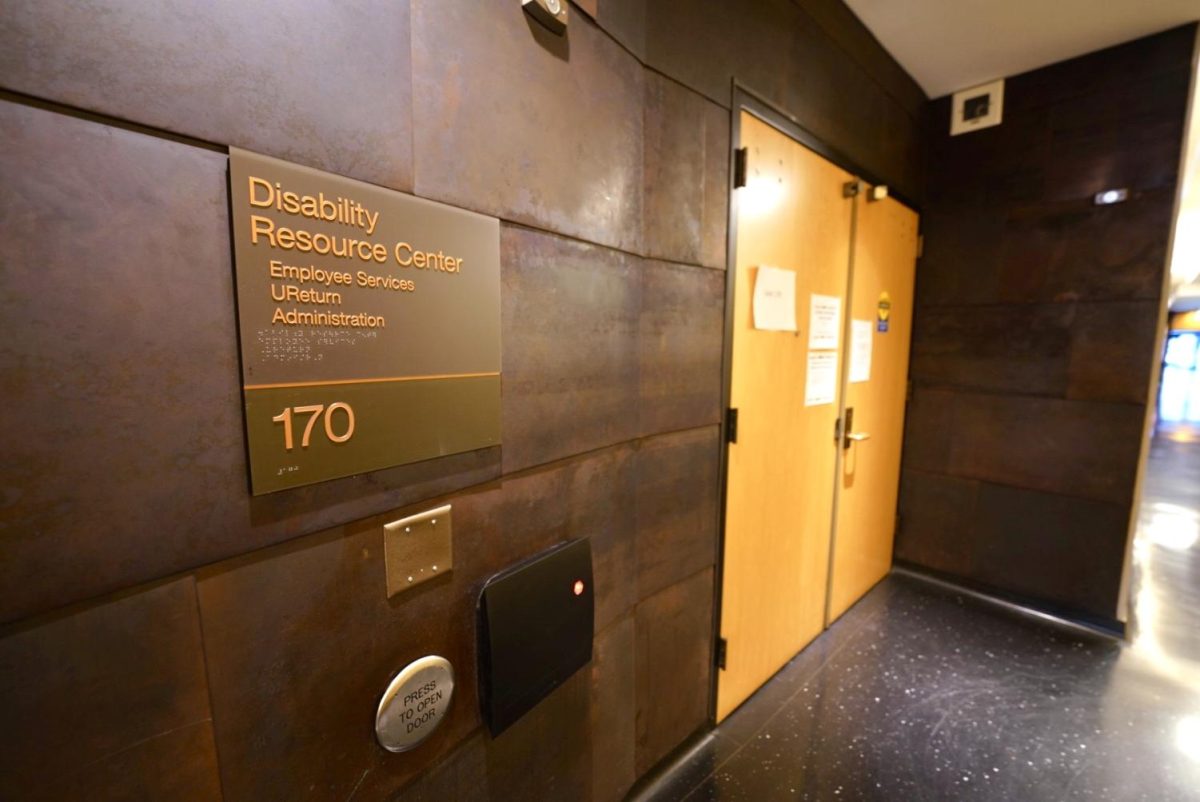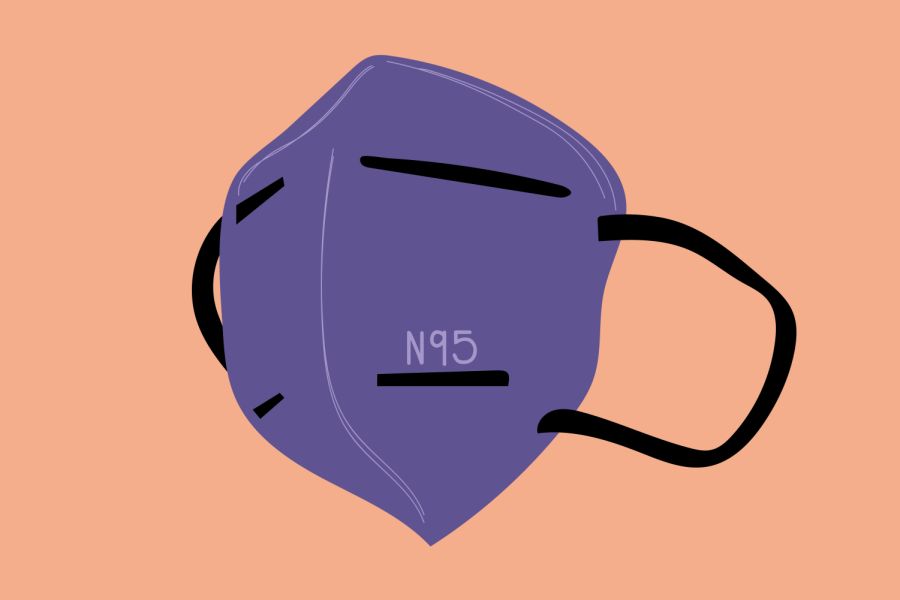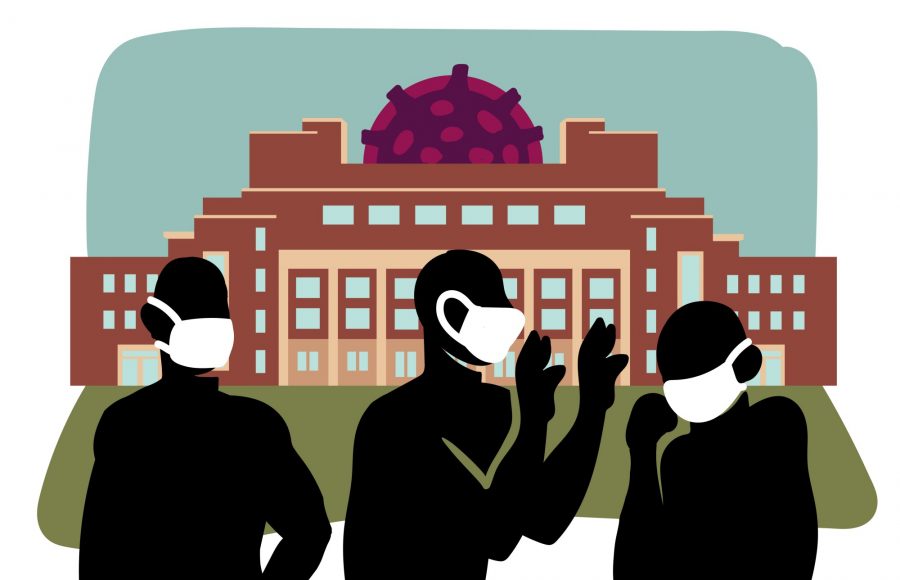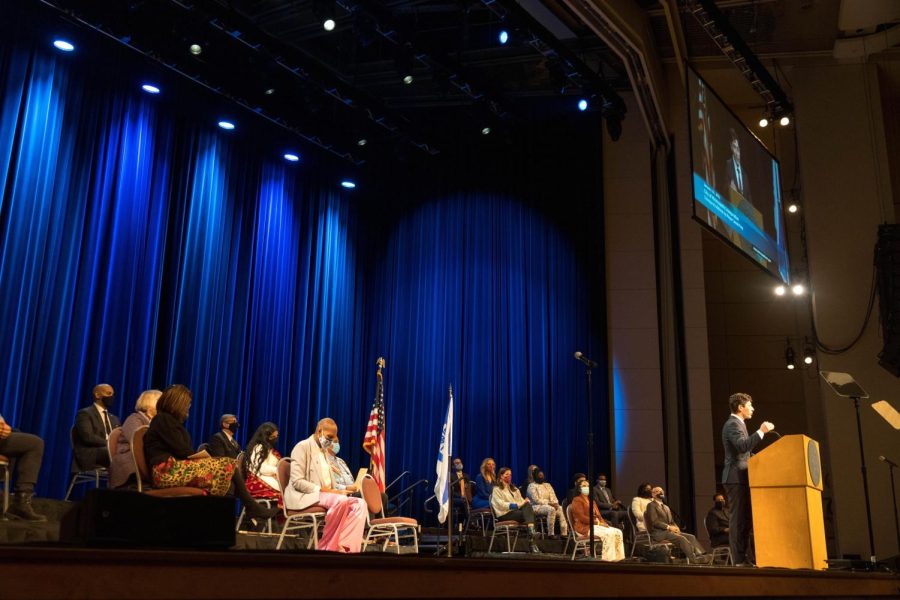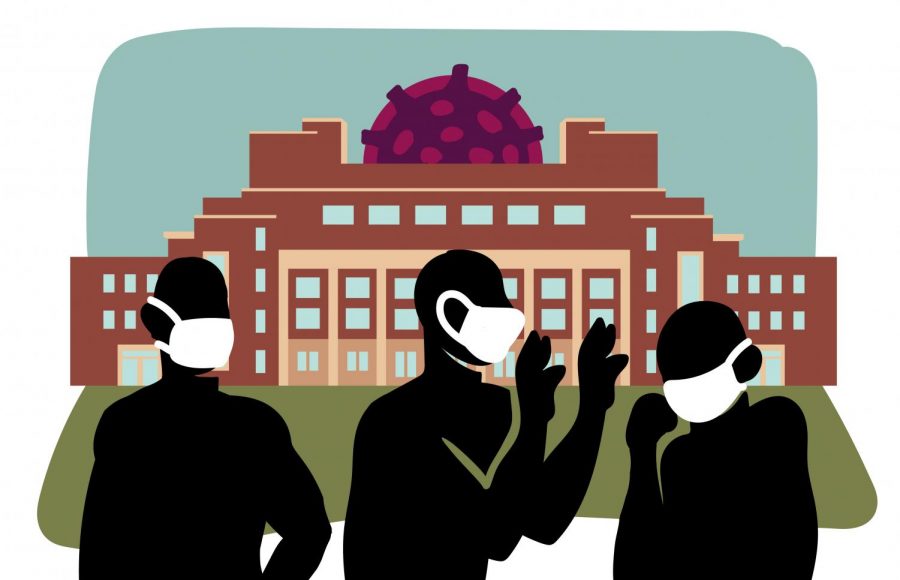The University of Minnesota has chosen to delay spring break by nearly a month on the Twin Cities and Rochester campuses to help mitigate the spread of COVID-19.
By pushing back spring break from its usual dates in March to April 5 through 9, the University could delay large groups of students leaving and returning to campus, and help to mitigate the spread of the virus. The University Senate voted to approve the proposal Monday, with consideration of feedback from faculty and students.
Similar to last spring, if there is a rise in COVID-19 cases, the University could pivot to online-only learning following spring break.
“[This plan] will also enable us to watch how the public health situation develops and to consider what mode of instruction would be best for the weeks after spring break and for final exams,” said Executive Vice President and Provost Rachel Croson at the Oct. 8 Board of Regents meeting.
The University has yet to decide on the modality of courses following spring break, which could be online-only, hybrid or in-person. According to a recent email from the University to staff and faculty, instructors chose their course modality for spring semester at the beginning of October. Professional programs will retain their own calendars for spring semester.
The Senate Committee on Educational Policy (SCEP), who recommended the break take place in April, also discussed a broken up spring break, which would have meant several individual days off spread throughout the semester.
Through consultation with students, SCEP found that many wanted five continuous days of spring break at some point in the semester, said SCEP Chair Thomas Chase.
Some faculty said they also preferred a continuous spring break. Faculty Consultative Committee member Tabitha Grier-Reed said the emotional exhaustion and isolation of the pandemic will continue to impact students, staff and faculty in the spring, making a continuous break important. Grier-Reed works in the College of Education and Human Development.
“I think people have questions about spring break because people need a break. I think students will need a break; faculty will need a break,” Grier-Reed said. “The idea of not having a break, I think, seemed pretty unacceptable.”
The current plan also aligns the University’s break with those of the Minneapolis and St. Paul K-12 school systems, which would lower the burden on some parents at the University, Chase said.
“The Minneapolis and St. Paul public school systems have their spring break on the week of April 5. And so, for those who are parents and are faced with this problem of homeschooling … It’s really attractive for them to have our spring break aligned with their spring break,” Chase said.
Other Big Ten schools are also navigating their own spring break plans.
The University of Nebraska-Lincoln, Pennsylvania State University and the University of Michigan will entirely eliminate spring break from their calendars. Purdue University will start its semester later, with the addition of three “reading days,” where students will not have class but are expected to remain on campus.
The University of Wisconsin-Madison will start their spring semester six days later than normal and will have a few days off throughout the semester. Michigan State University has not yet made a decision regarding spring break as of Oct. 3.
“Nobody knows exactly the right thing to do,” Chase said. “We don’t know what the current situation [will] be in the spring. Will it be getting better? Will it be getting worse? Nobody knows. And so basically we just have to make our best guess as to where to go from here.”










